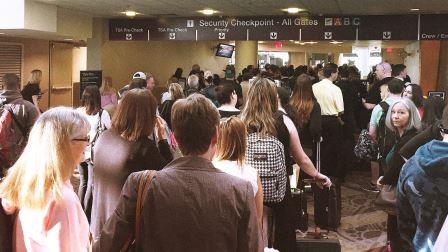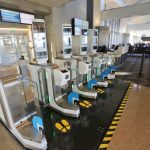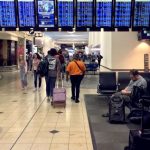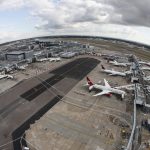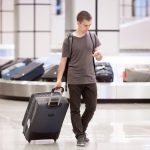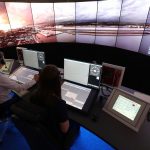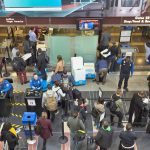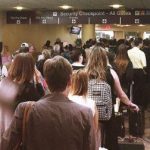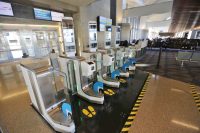We Need These Delta Fast Lanes At Every Airport, Immediately
The airport security system is broken. Earlier this year, 1,000 American Airlines customers missed their flights from Chicago’s O’Hare airport due to long waits at TSA checkpoints. The Port Authority of New York and New Jersey estimates that wait times at John F. Kennedy Airport in New York have increased 80% since last year.
While everyone points fingers, Delta aims to fix the problem with its “Innovation Lanes” experiment.
The airline touts it as a “parallel process” in which people and their baggage are moving separately though security. So instead of waiting in a single line for all the people in front of you to pass through baggage and body screening before your turn, you’re able to go at your own (likely faster) pace. You load your carry-on luggage and shoes into a bin, then push it forward onto a conveyor belt and proceed through body-screening along with your belongings—no need to wait with your bags until right when you push them into the screener. What’s more, empty bins are routed to the front of the line via a conveyor belt, which means staff don’t have to cart bins around (potentially making people wait for empty bins to be replenished). The idea is that there’s constant movement throughout the entire security checkpoint process for people, baggage, and bins.
As of now, the Innovation Lines are only at the Atlanta airport. Delta hasn’t announced plans to implement them elsewhere, unfortunately. The project went from concept to implementation in about two months and cost Delta about $1 million. Gil West, Delta’s senior executive vice president and chief operating officer, estimated that it should double the productivity of every lane.
Though Delta’s efforts are commendable, they don’t exactly address the elephant in the room when it comes to the root of miserable security checkpoints. Tom Blank, a former TSA deputy administrator, told CNBC that mismanagement—especially with regards to estimated staffing needs—is to blame.
Security lines are one of the biggest headaches about air travel, and since it’s one of the initial parts of a journey, it can set the tone for a passenger’s entire experience. Fixing this could make an airline more competitive, and, per passenger, it’s likely cheaper—and more meaningful to passengers—than giving out extra snacks or a paltry couple of inches of leg room. In 2015, the country’s top carriers saved $11 billion dollars in fuel costs—how about routing some of that cash to fund more Innovation Lanes?
Fast Company , Read Full Story
(34)

